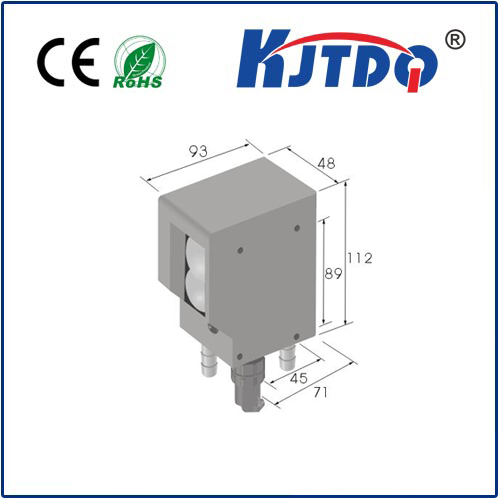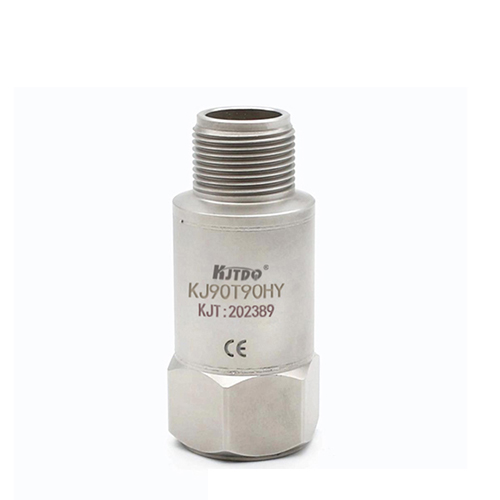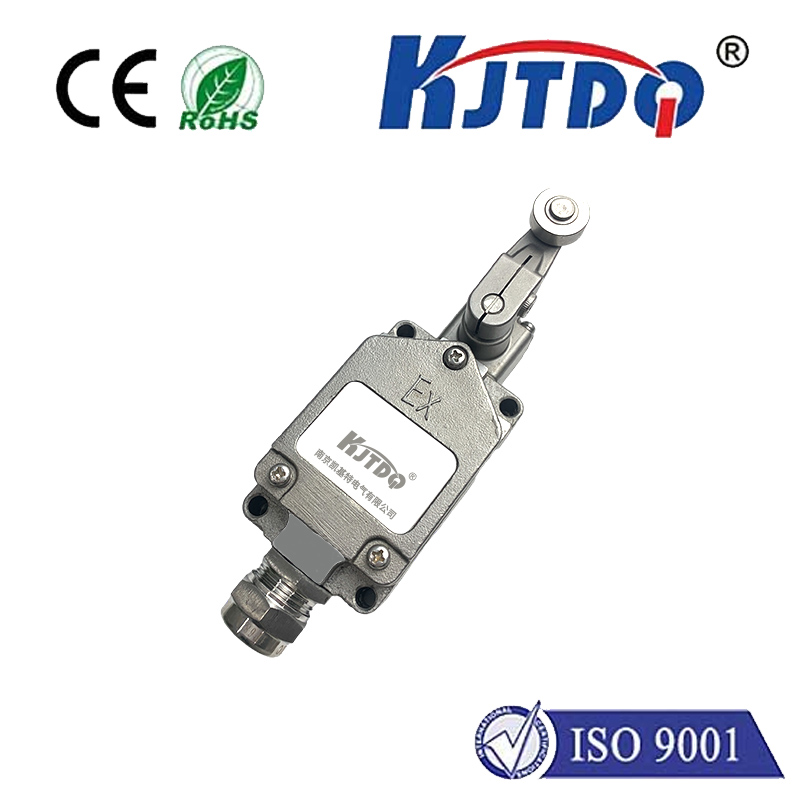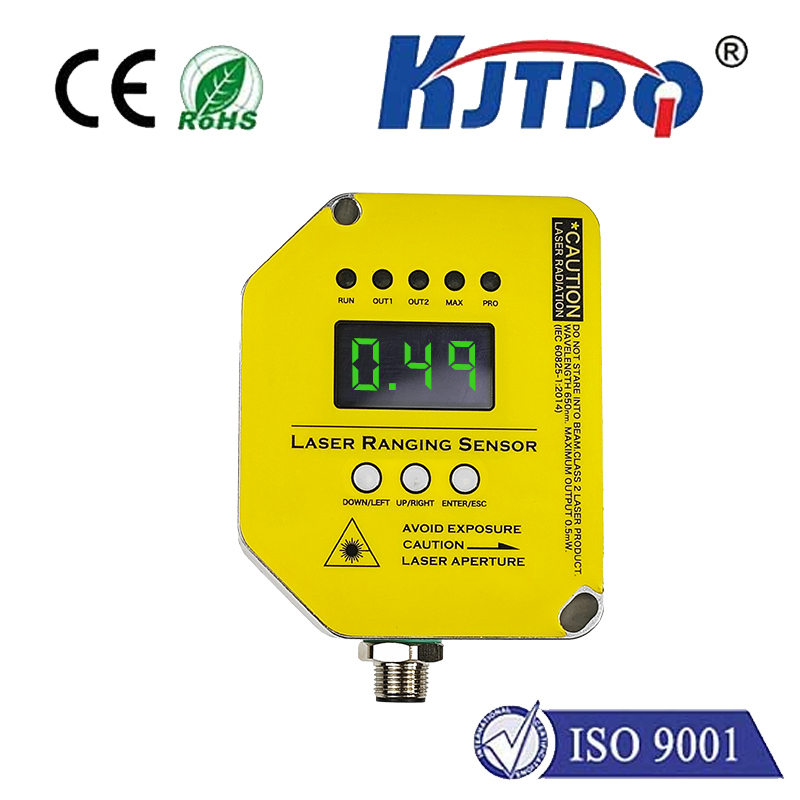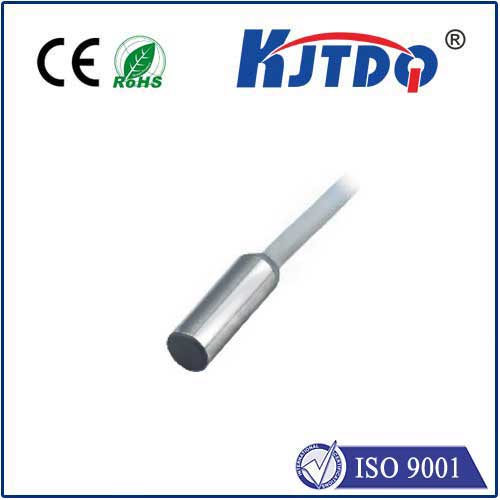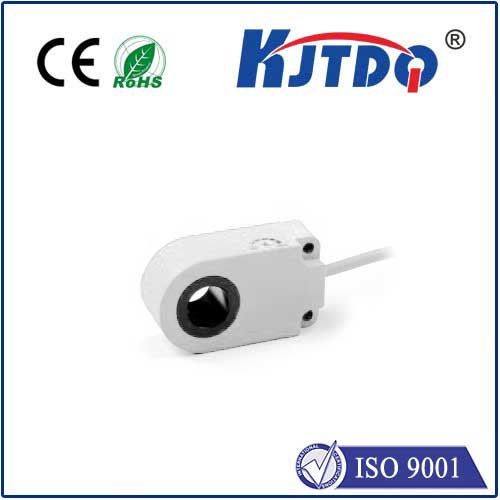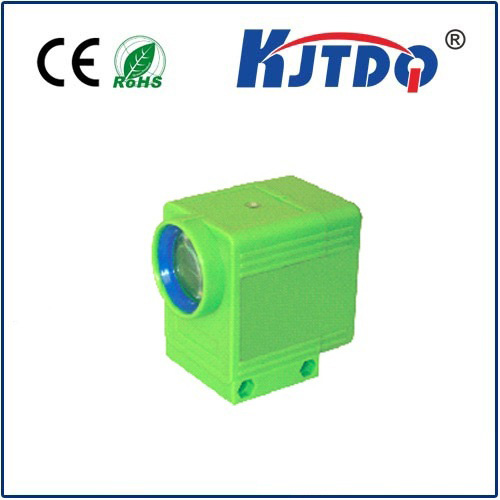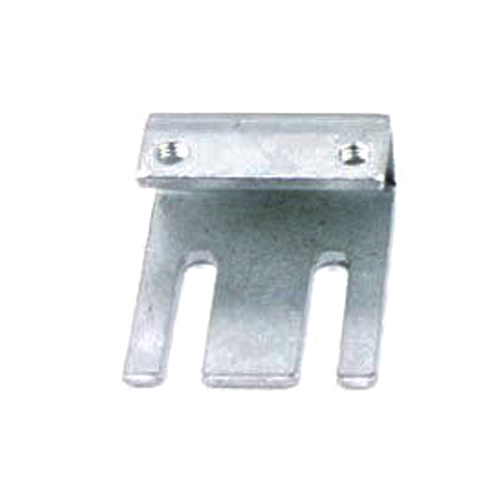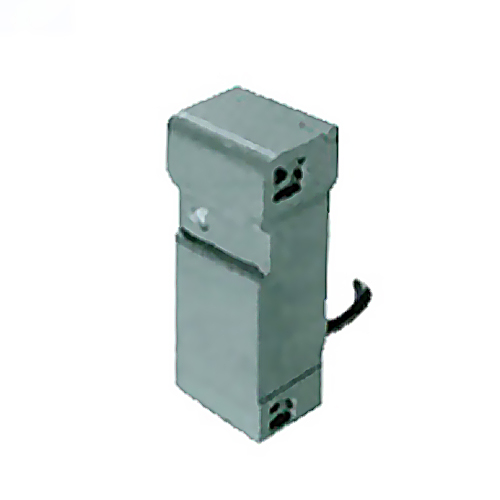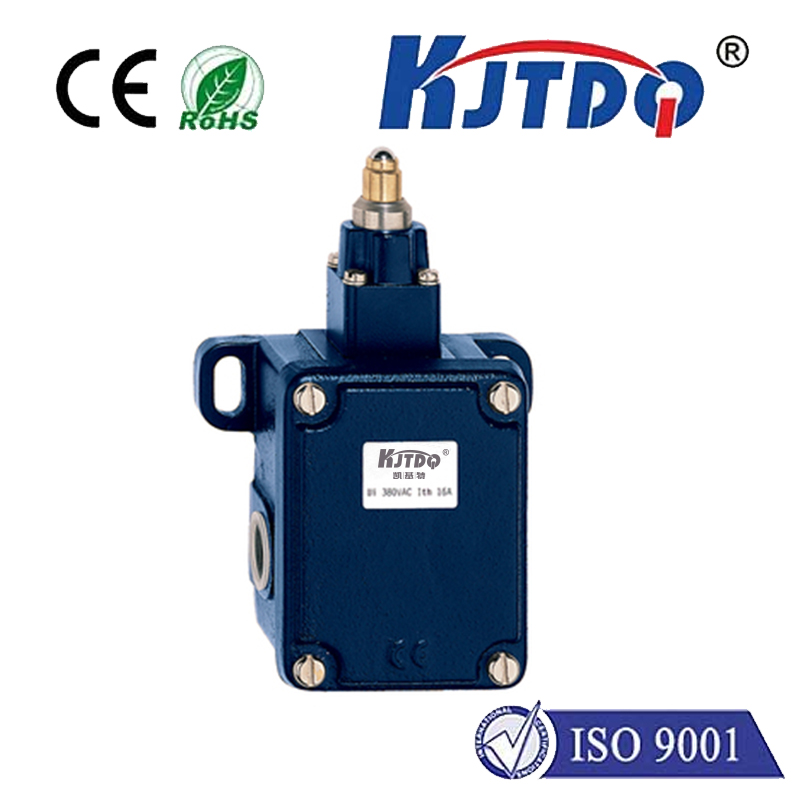

check

check

check

check

check

check

check

check

check

check
Title: Understanding Wireless Limit Switches and Their Applications in Industrial Automation
In the field of industrial automation, wireless limit switches play a crucial role in ensuring the safe and efficient operation of equipment. These devices are designed to detect the position of a mechanical switch or sensor and transmit that information wirelessly to a control system. This technology offers numerous benefits, including improved flexibility, reduced maintenance requirements, and increased uptime for equipment. In this article, we will explore the basics of wireless limit switches, their applications in industrial automation, and some of the key considerations when selecting and implementing these devices.
Understanding Wireless Limit Switches
A wireless limit switch is essentially a remote-controllable switch that can sense the position of an object and send that information to a receiver device. The most common type of wireless limit switch is the magnetic switch, which uses a magnetic coil to determine the position of the switch arm. When the switch is moved into contact with an object, it creates a magnetic field that triggers the arm to move and send a signal to the receiver. Other types of wireless limit switches include pneumatic switches, optical switches, and ultrasonic switches, each with its own unique features and applications.
Applications in Industrial Automation
Wireless limit switches are widely used in industrial automation systems due to their many advantages over traditional mechanical switches. Some of the main applications of wireless limit switches include:
1. Positioning control: Wireless limit switches can be used to accurately control the position of machines and equipment, ensuring precise and consistent output quality.
2. safety monitoring: Wireless limit switches can be used to monitor the position of hazardous materials or equipment, allowing for quick detection of potential hazards and minimizing risk.
3. Motion control: Wireless limit switches can be used to precisely control the motion of robots, conveyors, and other machinery, improving efficiency and productivity.
4. Process control: Wireless limit switches can be used to monitor the performance of manufacturing processes, enabling real-time adjustment and optimization of production settings.
Selecting and Implementing Wireless Limit Switches
When selecting and implementing wireless limit switches, there are several key factors to consider, including:
1. Type: As mentioned earlier, there are different types of wireless limit switches available, each with its own strengths and weaknesses. It is important to choose the right type for your specific application.
2. Range: The range of a wireless limit switch depends on factors such as interference from other devices and the strength of the wireless signal. Make sure to select a model with a suitable range for your needs.
3. Power source: Most wireless limit switches operate on battery power, but some models may require external power sources such as solar panels or AC adapters. Consider your operating environment and energy requirements when selecting a power source.
4. Connectivity: Wireless limit switches typically connect to a control system using radio frequency (RF) or infrared (IR) signals. Make sure to choose a model that is compatible with your existing control system.
Conclusion
In summary, wireless limit switches are an essential component of industrial automation systems, offering numerous benefits such as improved flexibility, reduced maintenance requirements, and increased uptime for equipment. By understanding the basics of wireless limit switches and their applications in industrial automation, you can make informed decisions when selecting and implementing these devices to improve the efficiency and safety of your operations.
